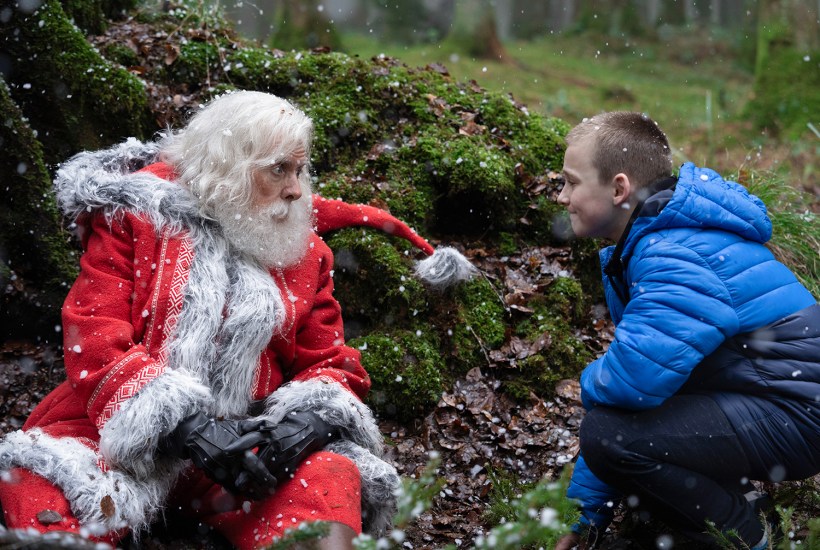When it comes to one-off family dramas for Christmas, two things are pretty much guaranteed. They’ll begin with credits announcing a starry cast, and they’ll end with a redeemed character gazing at some falling snow as the music swells.
The only tricky bit, then, is what should happen in-between. Should the redemption take place against a backdrop of vaguely gritty realism? Should plausibility be a consideration, or can the writers just rely on the magic of Christmas to get them out of any plot-related trouble? If Santa’s involved – as he so often is – should the show believe in Father...
Already a subscriber? Log in
Subscribe for just $2 a week
Try a month of The Spectator Australia absolutely free and without commitment. Not only that but – if you choose to continue – you’ll pay just $2 a week for your first year.
- Unlimited access to spectator.com.au and app
- The weekly edition on the Spectator Australia app
- Spectator podcasts and newsletters
- Full access to spectator.co.uk
Unlock this article
You might disagree with half of it, but you’ll enjoy reading all of it. Try your first month for free, then just $2 a week for the remainder of your first year.








Comments
Don't miss out
Join the conversation with other Spectator Australia readers. Subscribe to leave a comment.
SUBSCRIBEAlready a subscriber? Log in